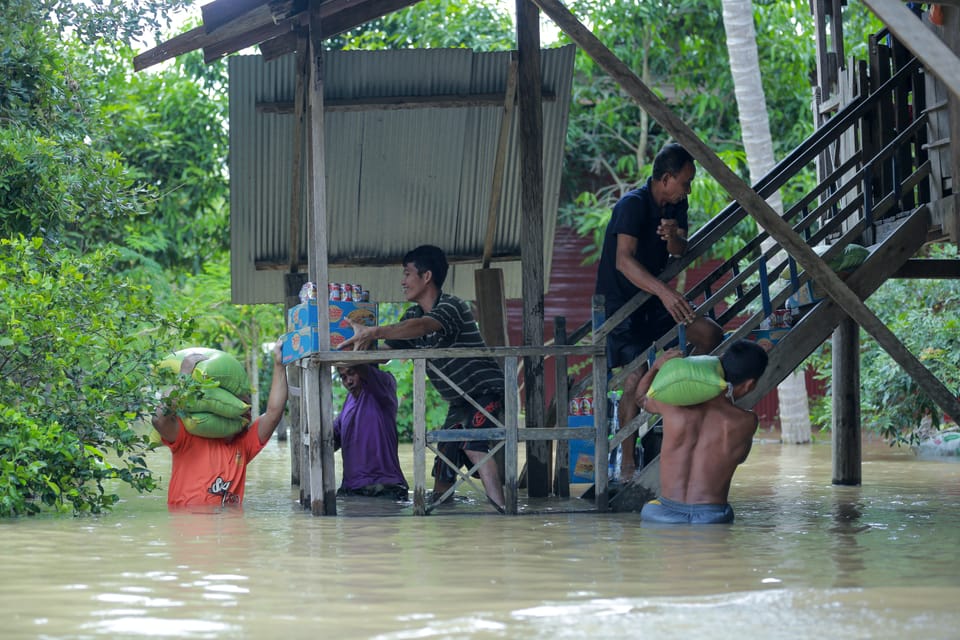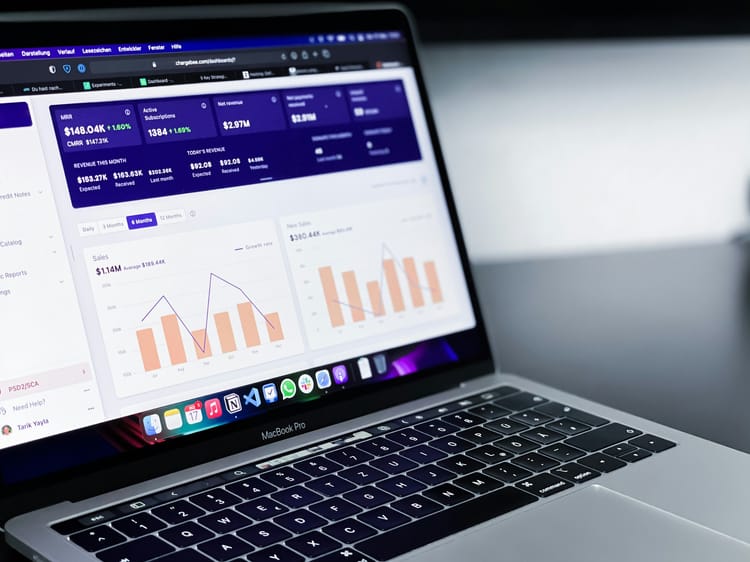Investing in climate adaptation pays off – at a 15:1 ratio

Governments may still disagree on the need to integrate adaptation finance goals into the COP28 global stocktake, but for companies the business case is clear, with a 15:1 benefit-to-cost ratio, says a new report.
Investing in measures to protect businesses against increasingly frequent extreme weather events is becoming an imperative, but efforts in this area are still nascent, with only 11% of firms assessing their climate resilience in TCFD disclosures.
A study published this week by BCG, the Global Resilience Partnership and the United States Agency for International Development (USAID) suggests companies should see this more as an opportunity than a burden.
Measures to improve water, infrastructure and food resilience had a benefit-to-cost ratio (BCR) of 2:1 to 15:1 for companies that implemented them, according to data collected by the organisations from the CDP Climate Change Questionnaire.
Among individual initiatives, water collection and storage, including rainwater harvesting, is by far the most impactful, with a BCR of up to 53:1. “The high BCRs on this measure reflect the magnitude of value at risk that companies report from revenue loss due to water shortages,” note the authors.
Within other beneficial measures, the report lists water efficiency technologies like drip irrigation, elevating, reinforcing, and retrofitting infrastructure to prevent flooding damage, measures to absorb or divert flood water, and regenerative agriculture.
PepsiCo’s regenerative agriculture efforts already delivering results
According to the report, there are several entry points through which companies can invest in climate adaptation and resilience to secure future value.
Many of those with vulnerable assets and supply chains, such as in the agribusiness sector, will want to protect those assets by financing and implementing adaptation measures in their own value chain.
The report gives the example of PepsiCo, which is currently working with farmers to convert 7 million acres of its agricultural land footprint to regenerative practices, saying “these efforts are already paying off”. In Indian farms, the measures have helped improve yields by an average of 3% and cut greenhouse gas emissions by 20%, and in Thailand, they boosted yields by 18% and reduced water use in irrigation by up to 36%.
Expanding the resilience market and collaborating with the public sector
For companies in the financial sector, protecting assets will mean deploying capital toward resilient assets and companies to safeguard their portfolios – and investors managing US$9.trillion are already doing so.
Investors and large buyers may also help to finance companies that develop adaptation and resilience solutions and products, helping to grow the market. Or, they can choose to collaborate with the public sector to finance and implement capital projects and deploy finance toward vehicles that support a portfolio of projects – something the report calls the ‘participate’ opportunity.
“There is no time to waste. The levers for building resilience are understood. The solutions underpinning adaptation are ready to scale. The business case is clear. Now, companies and investors must rise to the challenge—and the opportunity—to build an adapted and resilient world,” urge the authors.
COP28 and adaptation finance
At a global cooperation level, adaptation finance remains a thorny subject in COP28 negotiations, with emerging economies vulnerable to the worst impacts of climate change wanting OECD countries to make a commitment in Dubai to help them fund adaptation measures.
The OECD said it reached its goal to mobilise US$100 billion a year to help the most vulnerable countries adapt in 2022, but critics pointed out that they were two years late in delivering that commitment – and that the shortfall should be made up.
The latest draft of the global stocktake includes wording on adaptation, noting that “the estimated costs/needs of adaptation are now approximately 10-18 times as much as international public adaptation finance flows”, but doesn’t include any specific amount for the next round of commitments.
This topic is likely to be very prominent in conversations as COP28 starts its second week tomorrow. “We have been anticipating a result after two years of discussions and workshops on the global goal on adaptation – and if COP28 does not deliver on this account, it will be a significant global failure. Not only does the success of COP28 hang in the balance, so too the lives of the 3.6 billion climate-vulnerable people around the world,” said Mohamed Adow, Director of Power Shift Africa on behalf of the Allied for Climate Transformation by 2025 (ACT2025) Coalition.







Member discussion